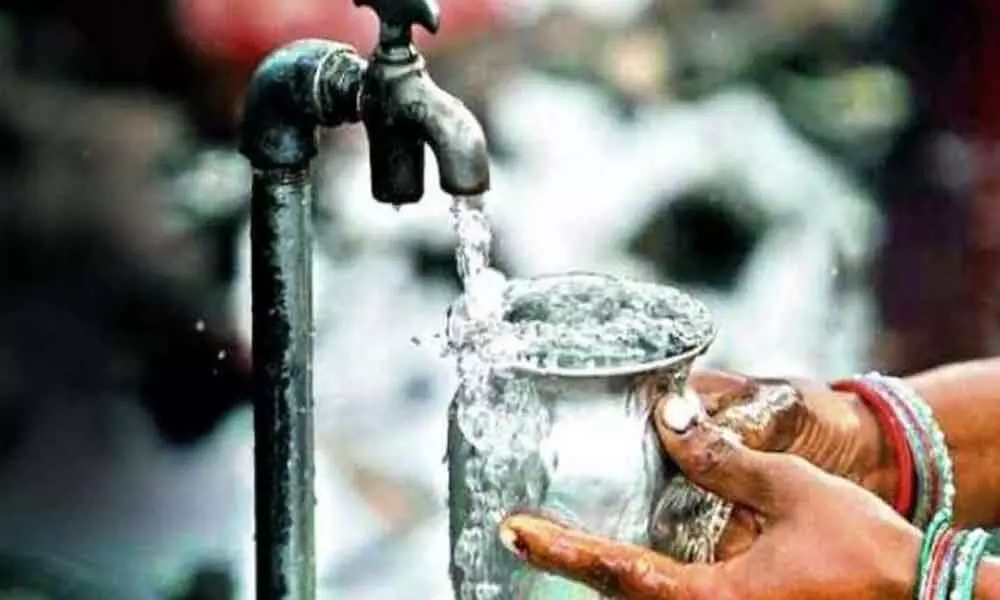Scientists identify new potential groundwater 'arsenic hotspots' in India

Scientists identify new potential groundwater 'arsenic hotspots' in India
Scientists, including those from the National Institute of Hydrology (NIH), have found an increased probability of high arsenic levels in well waters in parts of India where previously arsenic hazard was generally not considered to be a major concern.
NEW DELHI: Scientists, including those from the National Institute of Hydrology (NIH), have found an increased probability of high arsenic levels in well waters in parts of India where previously arsenic hazard was generally not considered to be a major concern.
Arsenic in drinking water obtained from wells is the cause of severe health outcomes, including premature deaths from cancers and cardiovascular disease in many parts of the world and particularly in the Indian subcontinent, the researchers said.
Based on recent reported rates of household groundwater use for rural and urban areas, they estimate that about 18–30 million people in India are currently at risk of high exposure to arsenic through their drinking water supply.
The researchers, including Biswajit Chakravorty, a senior scientist at NIH in Bihar, have constructed a prediction model focused solely on India.
The new hazard model, published in the International Journal for Environmental Research and Public Health, can be used to inform prioritisation of groundwater quality testing and environmental public health tracking programs.
Their model confirms the known high probability of finding hazardous high arsenic well waters in northern India in the river basins of the Ganges and Brahmaputra.
The model also finds an elevated probability of high arsenic well waters in other Indian areas, where previously arsenic hazard was generally not considered to be a major concern -- so much so that in many of these areas well water arsenic is not routinely checked.
These areas include parts of south-west and central India and are mostly areas underlain by sediments and sedimentary rocks, the researchers said.
The study suggests follow up to help better define specific areas in which action is required to reduce adverse public health outcomes from drinking high arsenic well waters.
The researchers also highlight the importance of systematic testing of hazards, not just in known high hazard areas, but also through random sampling of all wells used for drinking water.
The researchers admitted that there are known and important limitations to this kind of modelling approach.
The model is based largely on satellite-derived data and so is less reliable for deeper wells and it does not consider variations of well water arsenic with time, they said.
Also, the arsenic content of well waters is known to change massively over very short distances, so for a particular well, the model will never be a better substitute for a good chemical analysis of the water produced from that well, according to the researchers.
However, the model does suggest new areas in India in which follow up sampling of well water and analysis for arsenic should be done; this will help save lives in those areas.
"The outcome of this open-access joint Indo-UK study will help create greater awareness of hazardous arsenic distribution in wells amongst the population," Chakravorty said.

















